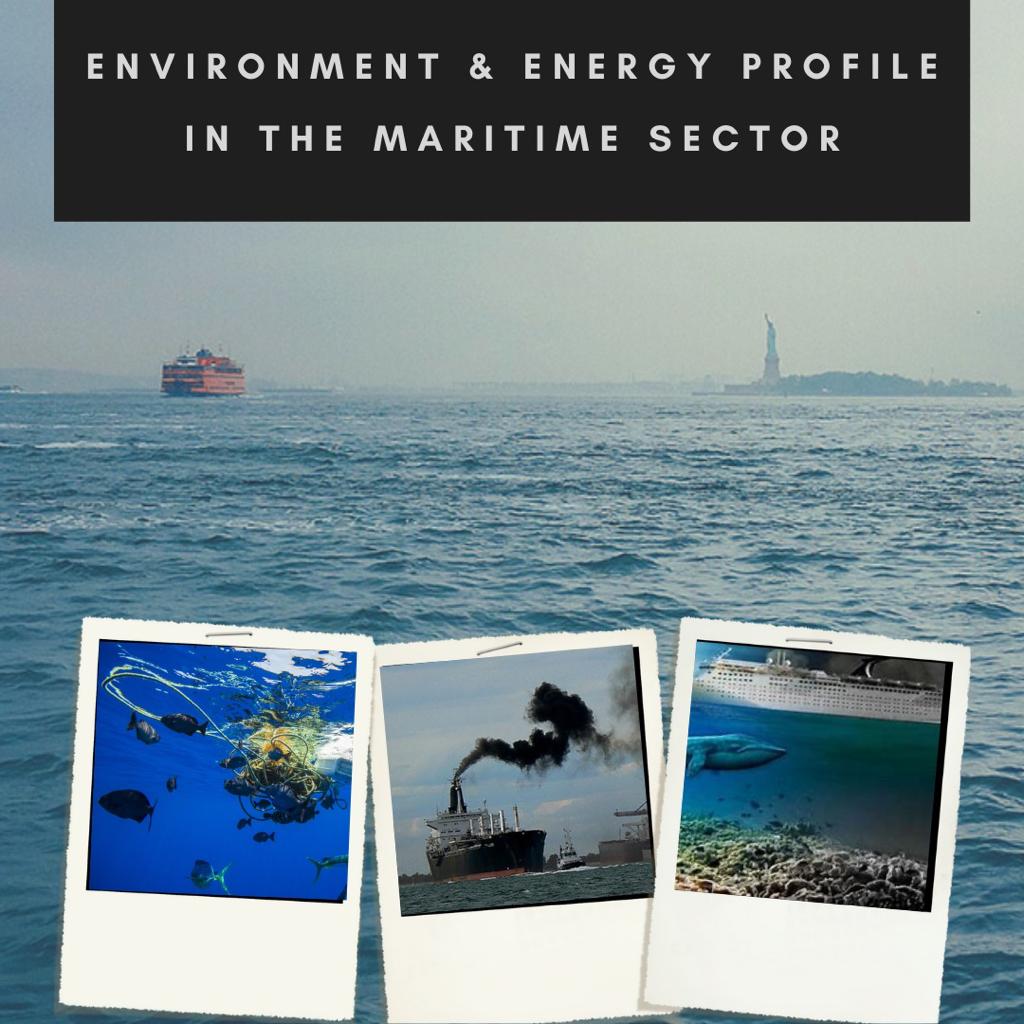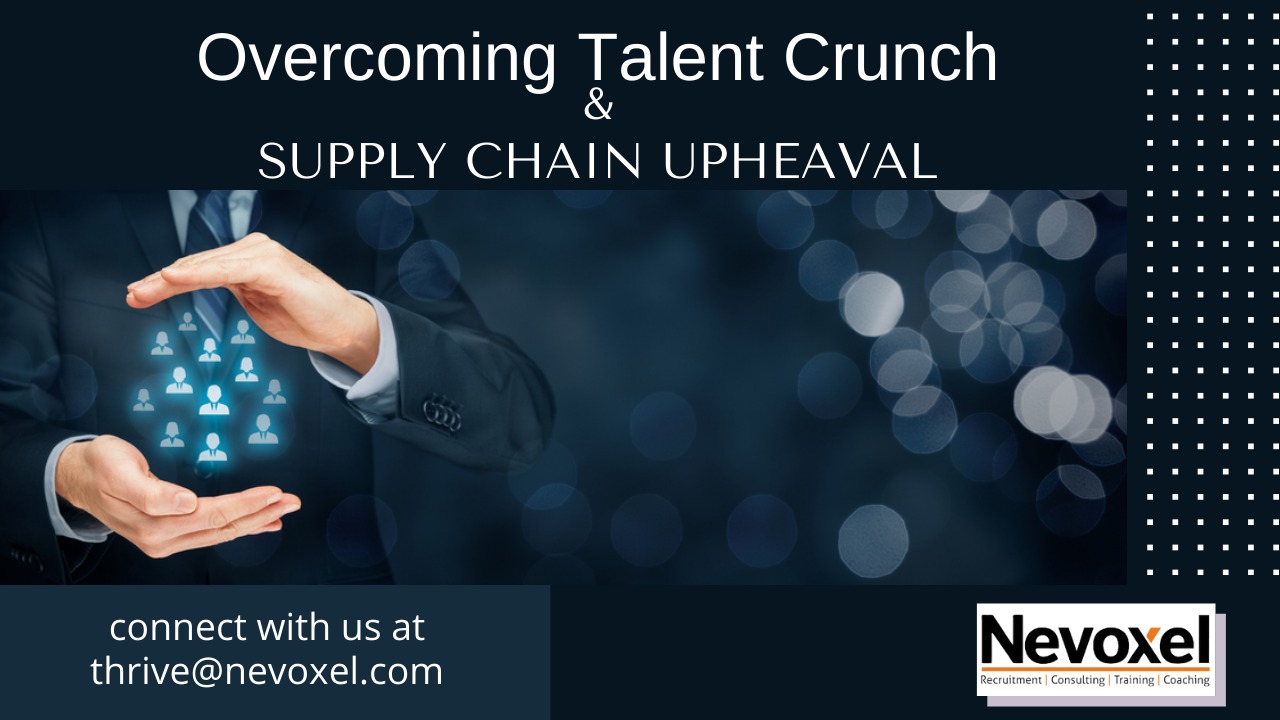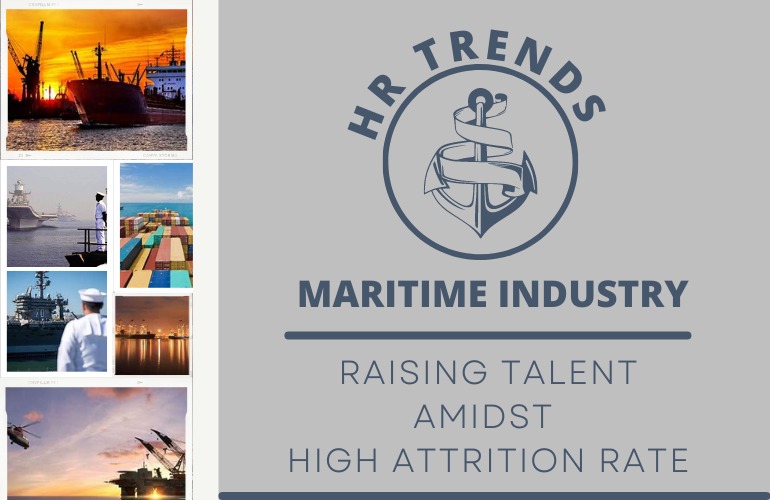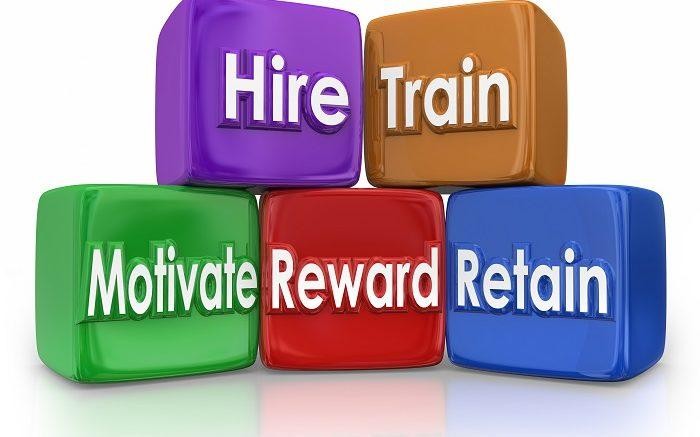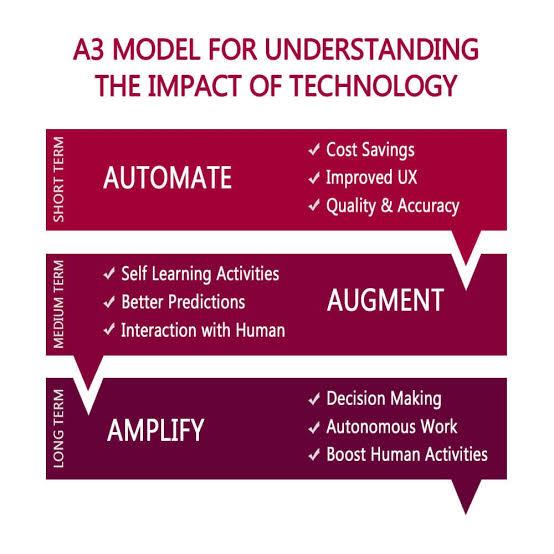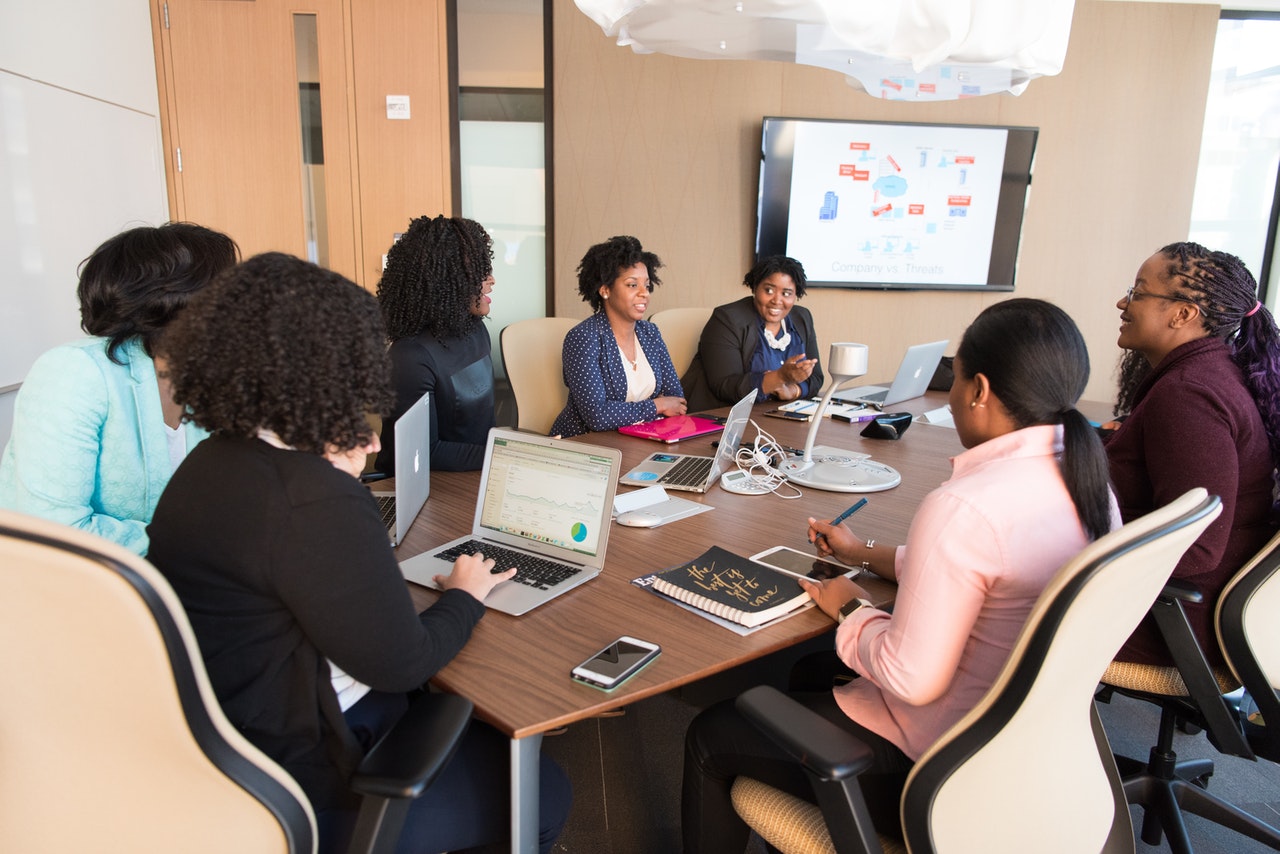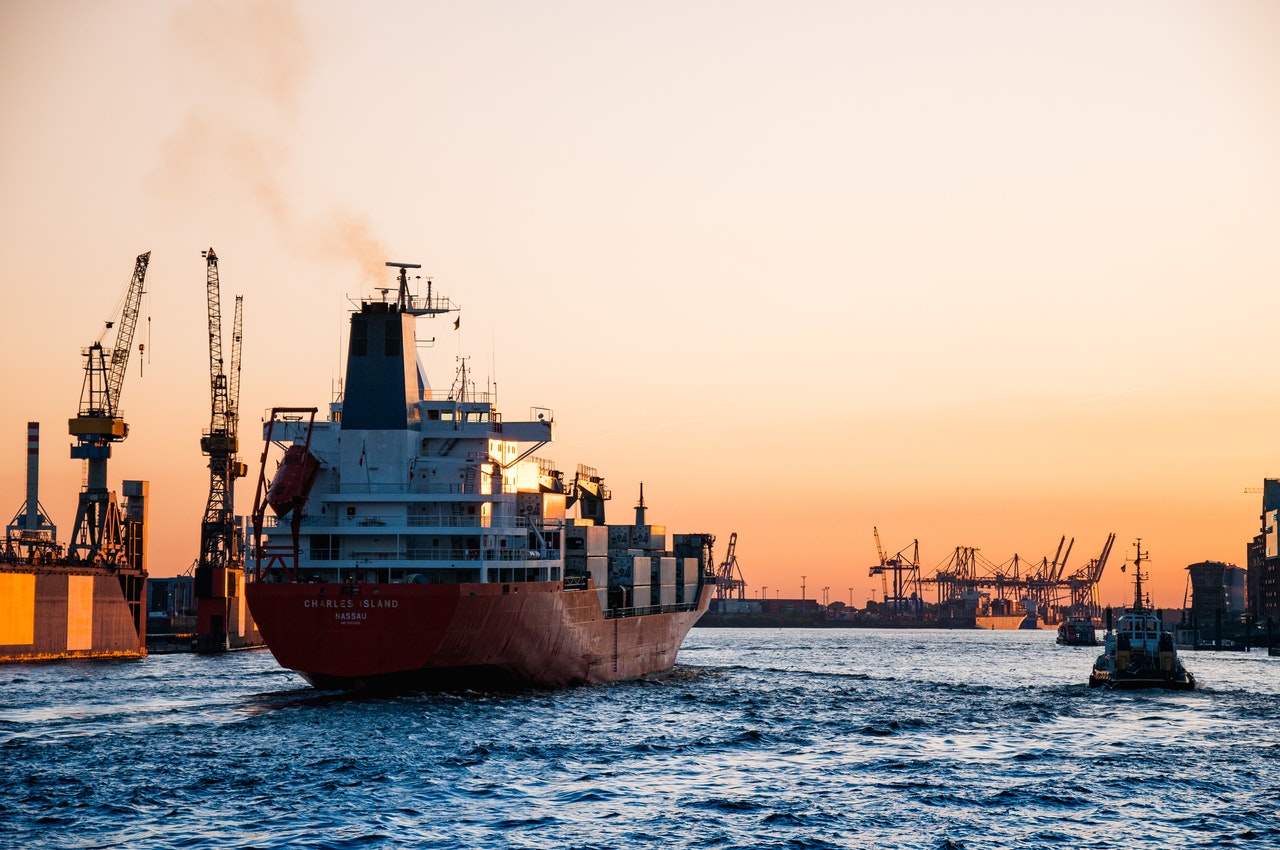Author: Karan Keswani – Environment & Energy Superintendent, Scorpio Marine Management India Pvt. Ltd.
“Do you know what MARPOL Annex V Reg 18.3.1 says” asked one of the shipmates from my last vessel when I told him that I had been selected as an Environment & Energy (EEn) Superintendent role by a shipping giant. I was too naive then to realize that MARPOL Annex V Regulation 18 doesn’t even exist.
The reason why I start this article with the above excerpt is that most seafarers think that they need to have each MARPOL regulation at their fingertips if they want to work in the Environment & Energy department of a shipping company. Reality Check: That may be true to a large extent but not entirely.
The other misconception that most of us have is that only a Master of a ship may be able to do justice to this profile ashore which may again not be true. This profile is equally open for Marine Engineers who want to move ashore as well.
The Maritime industry drives global trade, moving over 10 billion tonnes of cargo across the high seas annually. Historically, shipping companies and ports operated with limited environmental oversight, but accidental oil spills caused widespread coastal pollution and the death of seabirds. Spurred by major oil pollution incidents, such as the Torrey Canyon disaster off the southwest coast of the United Kingdom in 1967, IMO embarked on an ambitious program of work on marine pollution prevention and response, and on liability and compensation issues. A key outcome was the adoption, in 1973, of the International Convention for the Prevention of Pollution from Ships, universally known as MARPOL.
We have been hearing about the infamous ‘Magic Pipe’ since we all began our shipping careers & this is what comes to our minds when anyone talks about an Environmental violation – risks of fines, ship staff going to jail & even companies getting bankrupt have been haunting us in our dreams every time we think of a violation. However, in the modern-day, with increased scrutiny of Environmental equipment & recordkeeping, the risks involved are far more than that. Most of the new regulations in our industry are related to Environment & Energy. Be it MARPOL 2020 Sulphur requirement (Scrubbers), BWM Convention (Ballast Water Treatment Systems), EU MRV, IMO DCS, EEXI, CII etc. While the regulatory requirements for onboard lifesaving, firefighting & emergency equipment largely remain the same, the way we had been traditionally dealing with environmental issues like ballast water is now progressively regulated.
An Environmental & Energy Superintendent/Manager ensures the development and implementation of environmental management systems within organizations by identifying, solving, and alleviating environmental issues, such as pollution and waste treatment, in compliance with environmental legislation and sustainable corporate development. The primary objective is to promote the effective control of all sources of pollution and to take all practicable steps to prevent pollution of the sea & air. The key factors required for an EEn role are the eagerness to learn & the ability to indulge in stuff that might be alien to you to date.
While most other profiles ashore may drain you at the end of the day as you may need to stick to your laptop & mobile 24*7. However, in an EEn profile, you will not be tired physically but mentally as you will be queried all the time. This clearly means that various stakeholders – onboard & ashore alike will look to you when they need to know about EEn regulations that they may not be entirely aware of. In this profile, your words will be very precious as most of these stakeholders will take them as the gospel. So, you need to be 110% sure prior to shooting an email.
On the emission front, IMO estimates that carbon dioxide emissions from shipping were equal to 2.2% of the global human-made emissions in 2012 and expects it to rise 50 to 250 percent by 2050 if no action is taken. Although in terms of tonne-mile, the movement of cargo by ships is the most energy-efficient. The sheer size of the maritime transport industry means that even this has a significant effect on the environment. Emission analysis & reduction shall be one of the important issues which you will need to deal with in this profile.
The entire world is slowly inching toward digitalization & so is the EEn sector. With the introduction of various web-based platforms for electronic Record books, Env Rule finder, EEXI calculator, etc. – life onboard & ashore is changing. To ensure that you don’t miss getting on the train of progress, you also need to be fairly tech-savvy to gain an advantage in this profile.
So, it’s no longer a profile only about catching that one notorious seafarer using Magic pipe for illegal discharges, it’s much more than that. To conclude, you have the liberty of reading through MARPOL & various other regulatory documents, but their correct interpretation & implementation is of essence.
All the best!!!

